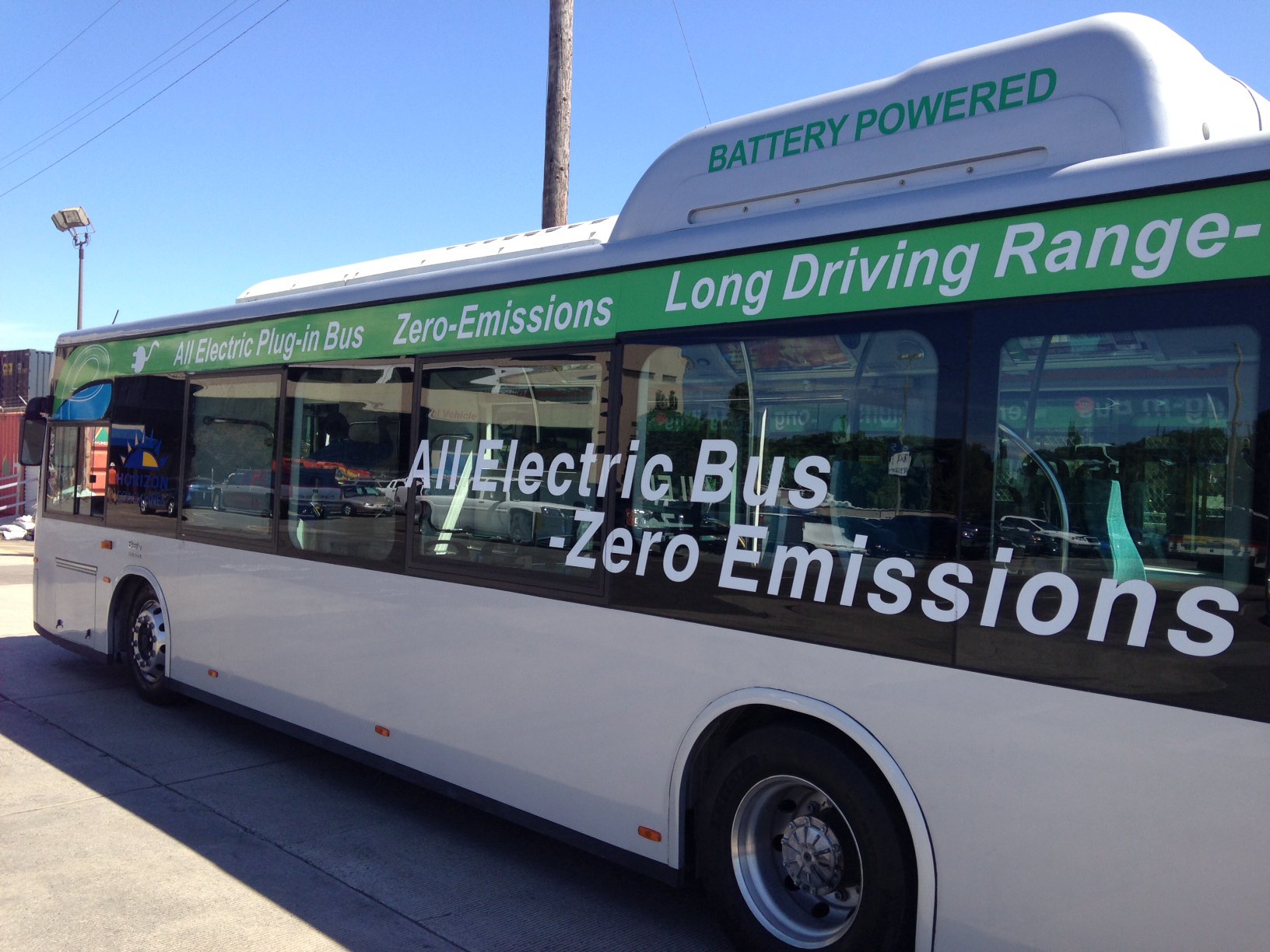Can Electric Cars and Buses Help Power the Northwest’s Economy?
Electrification of the transportation system could save billions for consumers while lowering our carbon footprint
- April 19, 2017
- Carol Winkel

At the Council’s April meeting, Massoud Jourabchi, manager of economic analysis, and Steve Simmons, senior economic analyst, reported on the electrification of public transit and school buses. The presentation followed up on an earlier analysis on the impact of electric cars that showed significant economic and environmental benefits to Northwest consumers and utilities. That analysis found that between now and 2035, we could keep more than $12 billion dollars in the region by reducing the amount of money paid for gas, and an additional $4 billion in maintenance costs. The region would also lower carbon emissions by 42 million metric tons cumulatively.
The transportation system is a major contributor to carbon dioxide emissions. In the Northwest, the transportation sector produces about 80 million metric tons of CO2 per year, 63 million metric tons from gasoline use. Consumers paid more than $220 billion in fuel costs to power their vehicles.
But as more electric car options have come on the market, their regional sales have increased. By the end of 2016, there were more than 34,000 all electric and plug-in hybrid cars on the road. They represented about 8 average megawatts of the region’s load and reduced CO2 emissions by 95,000 metric tons.
“We expect demand for electricity to power electric vehicles to grow significantly,” said Simmons.
Transportation is getting more efficient as stock turns over, both because of the growing adoption of super-efficient EVs and because efficiency standards for conventional gas-fueled vehicles have increased.
So what are the potential economic and emissions impacts of adding electric public transit and school buses to our transportation sector? By 2035,
- Urban transit bus fuel costs would be lower by $1.8 billion and emissions would be lower by 7 million metric tons. Also, operating cost savings would be more than $1 billion.
- School bus fuel costs would be lower by $400 million and operating costs by another $400 million. Emissions would be lower by 1 million metric tons.
“Electrification of our transportation system would keep a lot of money inside the region’s economy, and at the same time lower pollution and carbon emissions in our cities,” noted Jourabchi.
If the region invests roughly 10 percent of what it spends on fuel costs, it could recover its investment many times over. These savings amounts use constant 2012 dollars; consumer savings are greater if measured in current dollars.
The Council will be monitoring these trends to use the latest data in developing its next regional energy plan.



